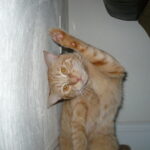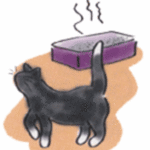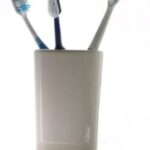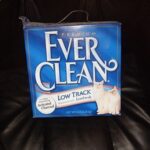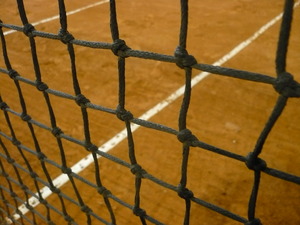You open the can. And your cat comes running. You put the bowl down on the floor and hold your breath…..It looks like she’s interested-and then, she scratches at the bowl just as she does in the litter box. Your cat has rejected another great entrée. Finicky cats are more than frustrating; they can make you worry if they are eating enough to even sustain themselves.
Hard to please
Cats may enjoy the same food for a long time and then suddenly turn away from it without any apparent reason. Ruling out medical problems, only a small number of cats are truly finicky, according to Ilona Rodan, DVM, of the Cat Care Clinic in Madison, Wisconsin. But there are reasons for their fussiness and ways to overcome them.
“It’s critical to identify any medical problems which may be affecting your cat’s eating habits,” says Rodan. In 90 percent of cats with an underlying medical problem, the first symptom is getting picky about food.” Tooth pain, a diminishing sense of smell–particularly in an older cat–respiratory infections and kidney disease are just a few of the many diseases that may curb a cat’s appetite.
When your veterinarian rules out medical causes, consider the condition of your cat’s feeding environment. If your cat’s bowl is too small, it may make her face uncomfortable when she begins eating. Or she may feel frustrated if the bowl slides around on the floor or food spills out and underneath the sides of a flat dish. Plastic bowls, which often smell from previous meals and dish washing detergent, can make food unpalatable.
A cat’s appetite is also affected by stress. Does your cat share a bowl with another cat? The other feline may dominate and inhibit your cat from eating pleasurably. Cats also don’t like to eat where there is loud noise, such as from a washing machine, or where there is a lot of foot traffic. A friendly toddler pulling your cat’s tail while he’s trying to eat can also ruin a meal for him. If there has been a recent loss of a human companion or another pet, your cat may not eat as well temporarily. And if you and your cat have moved recently, that can be another stressor.
Do you feed your cat table scraps? That’s a good reason why he may be turning up his nose at cat food. Another idea to consider: if your cat goes outside, you may have a well-meaning neighbor who is also feeding your cat.
When it comes down to it, though, some cats are just plain finicky. Anything about a food-its smell, flavor or texture or temperature-may cause a cat to change her mind about a meal.
Dinner is ready
Preventing pickiness is easier than curing it. If you give kittens or young cats a variety of foods right from the beginning-canned and dry types of different shapes and sizes-they are much less likely to become fussy eaters”, says Rodan. But if your cat is picky, you can try several things to enthuse your cat about his food.
First, make sure your cat’s eating environment is comfortable and stress-free. Some cats actually prefer your company when they begin eating. So try talking gently to your cat when she goes over to her plate.
To stimulate your cat’s appetite, especially if he has been ill, pour a little tuna or clam juice on his food. The taste and smell of food is enhanced when it is warm. Try warming up soft, canned food to make it more palatable. Temporarily add some strong flavors to your cat’s regular diet, such as 9 Lives Tuna, Fancy Feast or even chicken baby food, suggests Rodan.
Eating should be a pleasure for cats, just as it is for their human companions. Try a few tricks and your fussy cat will begin to enjoy mealtime again-and so will you.
More Information: Preventing Hepatic (Liver) Lipidosis
Hepatic lipidosis is a serious condition that results when a cat stops eating for few days or more, or becomes very picky for one or more weeks. Often occurring in heavier cats, the disease results from the body breaking down fat stores when the cat doesn’t eat. If the cat has excessive fat to begin with, the liver can become infiltrated with fat and begin to fail, according to Ilona Rodan, DVM, of the Cat Care Clinic in Madison, Wisconsin. Intensive treatment, involving feeding tubes and medication, may be required but is not always successful. “That’s why if your cat’s eating habits change for 24 hours or more, you should contact your veterinarian promptly,” says Rodan.
Source:
This article originally appeared in a 2005 issue of CatWatch, a publication of the University of Cornell School of Veterinary Medicine. For more information on this publication, contact www.catwatchnewsletter.com

